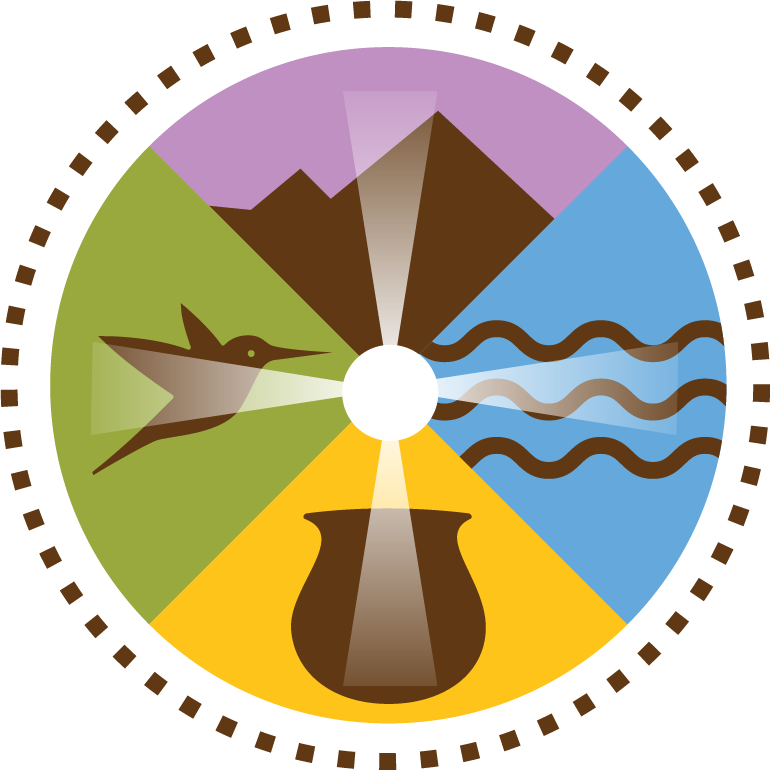
About Us
The Santa Cruz Valley Heritage Area advocates our region’s valuable heritage. Our valley, situated along an ancient and currently vital trade route, is home to numerous diverse cultures and communities where geography links the relationships of these communities. The stories of these communities form the fabric of a cultural and natural heritage that has the power to shape our future.
We preserve and advance the region’s living heritage so that landscapes, sites, livelihoods, traditions, values, and stories can stimulate our economy and build community. Knowledge and respect for this heritage contribute to a sense of place and improve the quality of our lives.
Our efforts in the Santa Cruz Valley also contribute to the character and future of the American Southwest, especially in the face of rapid growth, by keeping all aspects of our Western heritage and position as an influential trade corridor alive and relevant.
Diversity, Equity, and Inclusion statement
At the Santa Cruz Valley National Heritage Area, we recognize that our nation’s heritage is enriched by the myriad cultures, perspectives, and experiences that shape our collective history. We celebrate our nation’s diverse heritage. We create experiences that stimulate cultural equity. We empower inclusive communities to tell their stories. Read our full DEI statement here.

Youth dancers from the Tohono O’odham Nation.
In 2019, NHA education programs provided meaningful and inspirational connections to our heritage, provided capacity-building assistance to 1,162 groups, offered 302 educational programs, and awarded $2.1 million and education grants.
Stories

Las Lagunas de Anza
Las Lagunas de Anza is the Santa Fe Ranch Foundation’s outreach project in Nogales, AZ. It is a certified area on the Juan Bautista de Anza National Historic Trail. Las Lagunas provides interpretive historical and environmental education, with an outdoor classroom and ramadas available for field trips or groups. Trails, historical and environmental signage, and various habitats appear on the site, which include marsh, riparian forest, and bosque. More than 200 species of birds, amphibians, reptiles, and mammals inhabit Las Lagunas. Photo © Michael McNulty.

Buckhorn or Staghorn Cholla Cactus
The Buckhorn or Staghorn cholla cactus, a spiny plant with cylindrical joints, has been used by the Tohono O’odham as a significant, high-quality, low-calorie food source for generations. The buds were essential because they were the only vegetable obtainable in the early spring. This nutritious vegetable has a lengthy but necessary picking and preparation process. Typically harvested from the cactus in April or May, the buds are first brushed with a piece of creosote bush to remove the spines, then are picked from the plant using tongs.

Pimería Alta Museum
The Old Nogales City Hall, constructed in 1914, housed the Pimería Alta Museum. The Pimería Alta Museum provides information on the history of the Pimería Alta in the upper Pima region that encompassed parts of what are today southern Arizona and northern Sonora in Mexico. The museum has a research library that includes rotating historical displays of the area, archives of local newspapers, three rare murals by renowned bullfighter and artist Salvador Corona, an extensive photography display on Camp Little, home of the Buffalo soldiers, and life on the border.
Links & Documents
NHA Enabling Legislation
Public Law 116–9 116th Congress
Other Resources in the SCVNHA
Arizona’s State Historic Preservation Office
NPS National Heritage Area Program
Southern Arizona Heritage & Visitor Center

